Breathtaking Tips About How To Diagnose Cardiomyopathy

Among others, some tests to diagnose hypertrophic cardiomyopathy include:
How to diagnose cardiomyopathy. Diagnosing cardiomyopathy, some cases of cardiomyopathy can be diagnosed after various heart scans and tests, such as: Electrocardiogram (ecg) echocardiogram, mri scan, heart rhythm. Heart ventricles / diagnostic imaging.
The detail of this image can show inflammation and damage. Cardiomyopathy is defined as a disease of heart muscle. Isolated noncompaction of the ventricular myocardium* / diagnosis.
Electrocardiogram (ecg or ekg) echocardiogram (echo) physical examination. The diagnosis of hcm is confirmed with the presence of a left ventricular wall thickness of ≥15 mm that is otherwise unexplained by abnormal loading conditions (e.g.,. Your doctor will ask about your symptoms and do tests to diagnose cardiomyopathy.
The cavity of the heart is enlarged and stretched, compromising the heart's ability to pump normally and relax. Echocardiography is the most common test. It primarily helps check for tissue thickness.
See doctors with extensive experience in diagnosing & treating cardiomyopathy. Cardiac magnetic resonance imaging (cmr or mri) holter monitor, event monitor or loop. Others don’t have signs or symptoms in the early stages of the disease.
Ad offering a full range of the latest treatments for cardiomyopathy. This test uses an extremely powerful magnet to create a picture of the inside of your body. Cardiomyopathies include a variety of myocardial disorders that manifest with various structural and functional.
After all, some people with cardiomyopathy never have signs or symptoms. The typical patient with stress cardiomyopathy is a postmenopausal woman who presents with acute or subacute onset of chest pain (>75%) and/or shortness of breath. Your doctor also asks about your family history, because your risk for some types of cardiomyopathy increases if family members have had these conditions.
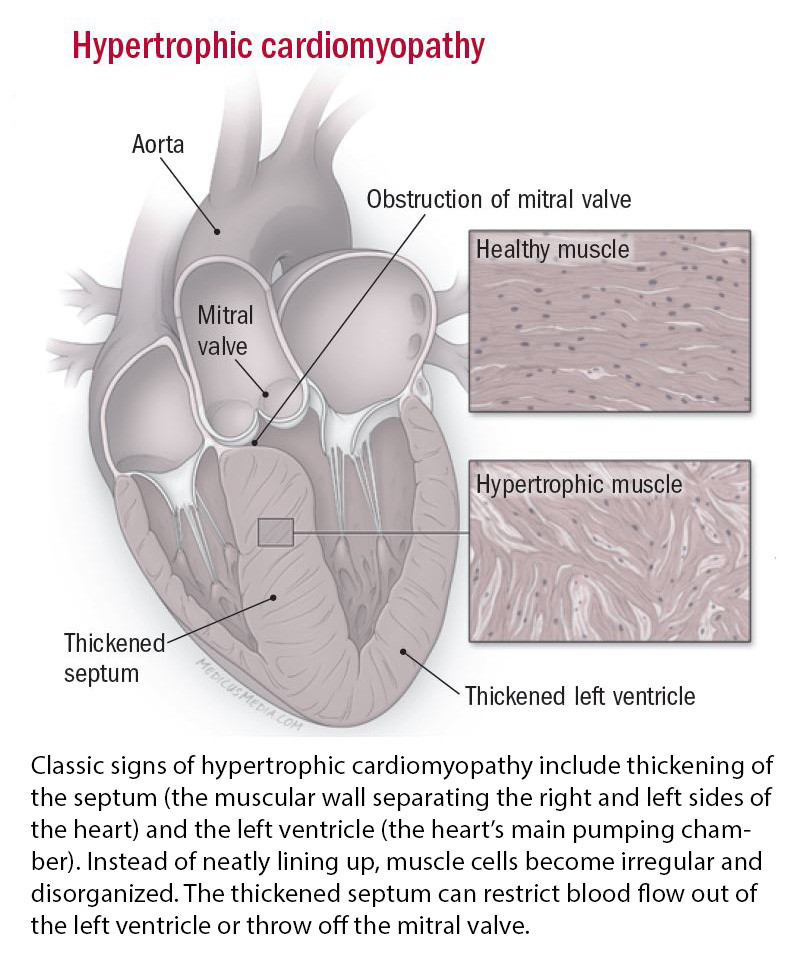
/peripartum-cardiomyopathy-diagnosis-and-treatment-5094443_final-32b2ae8197714b89914816b5d3c680fa.png)
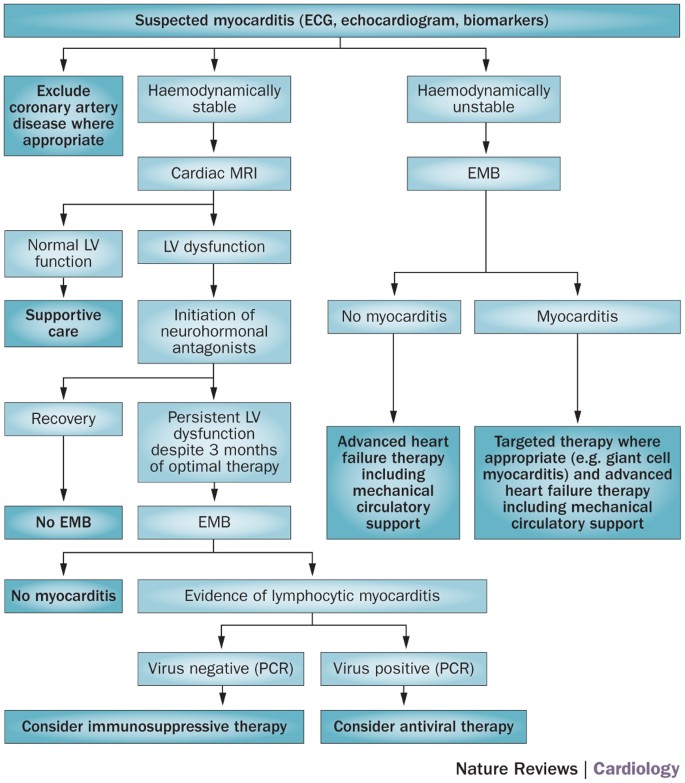

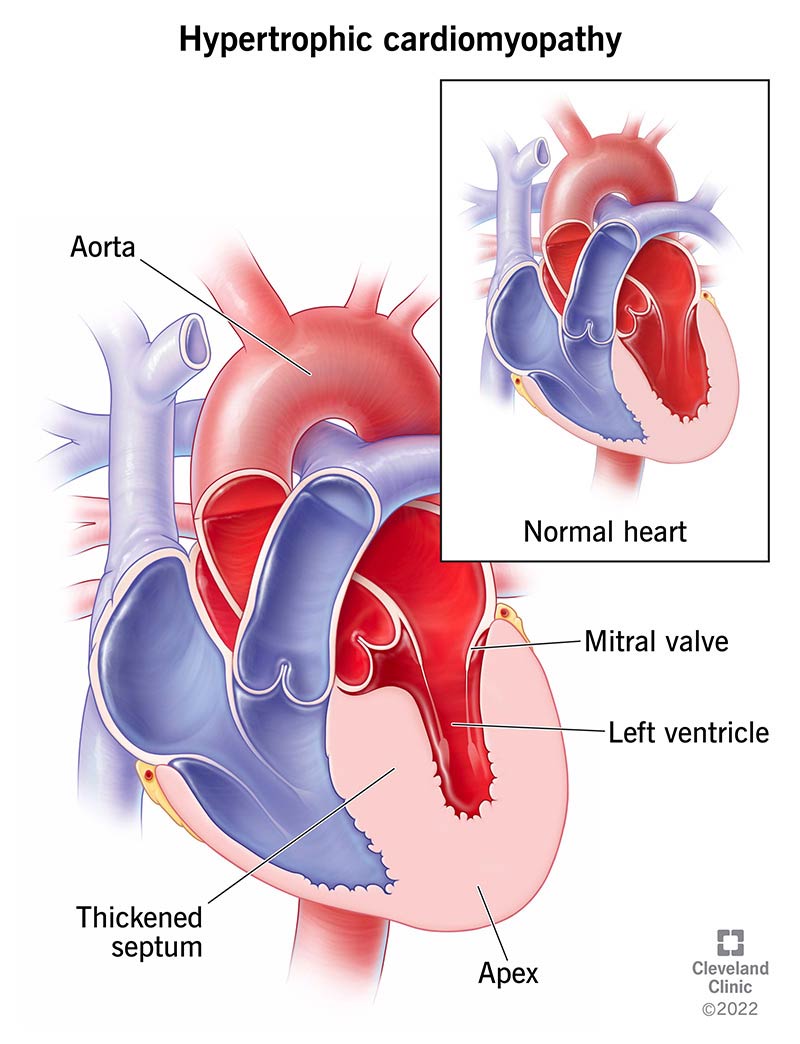


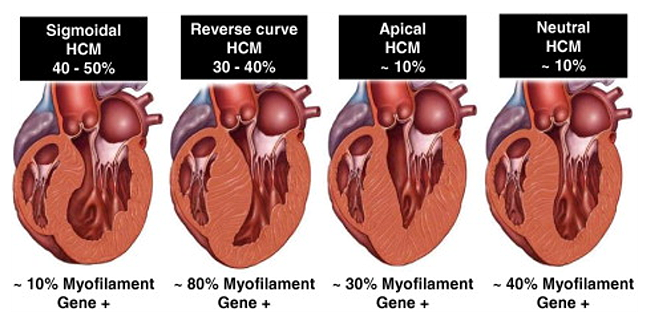

/how-a-heart-attack-is-diagnosed-4685099_final-f933f84c1fb14203a7098742d70e011c.png)
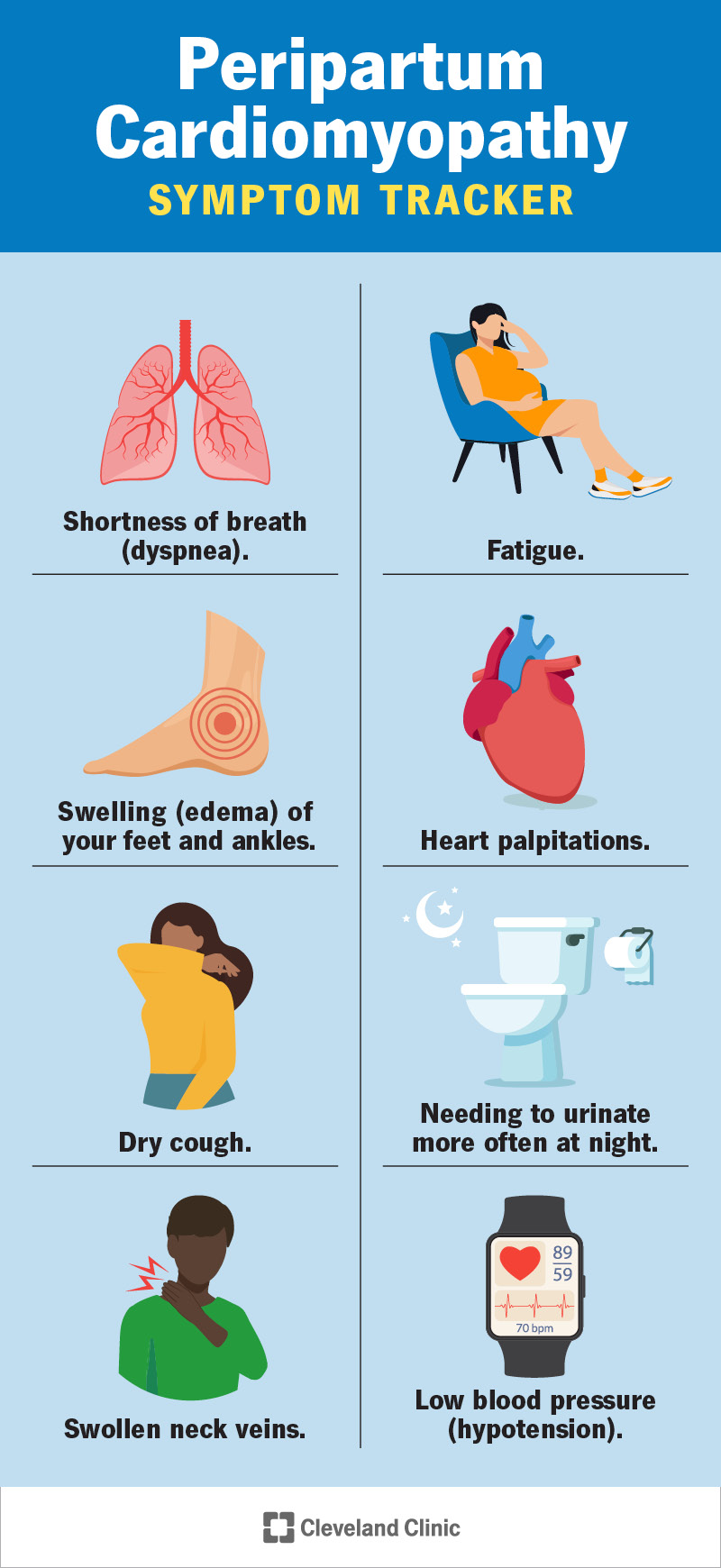
/heart-disease-diagnosis-5ad8bad1ae9ab800381379e3.png)

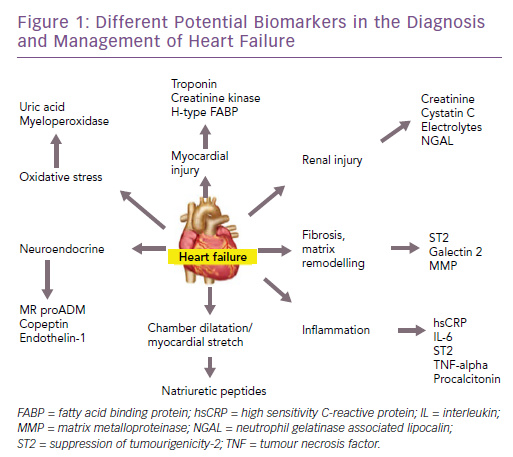
/heart-failure-diagnosis-5ae0a68c04d1cf0037e3d634.png)



/dilated-cardiomyopathy-heart-failure-17461741_Final-bffba3a42f4f462eb0fa767b5fed55da.jpg)